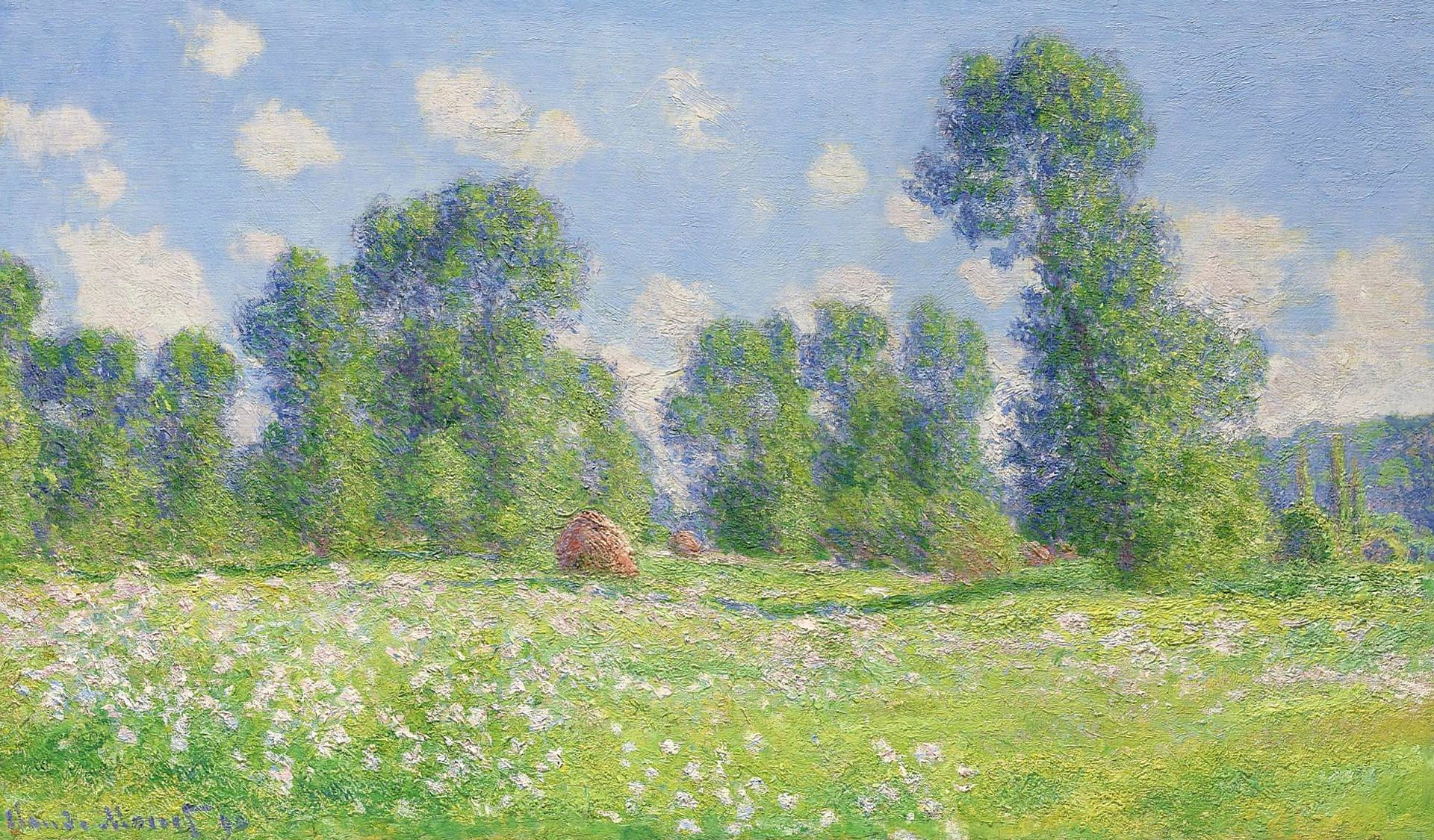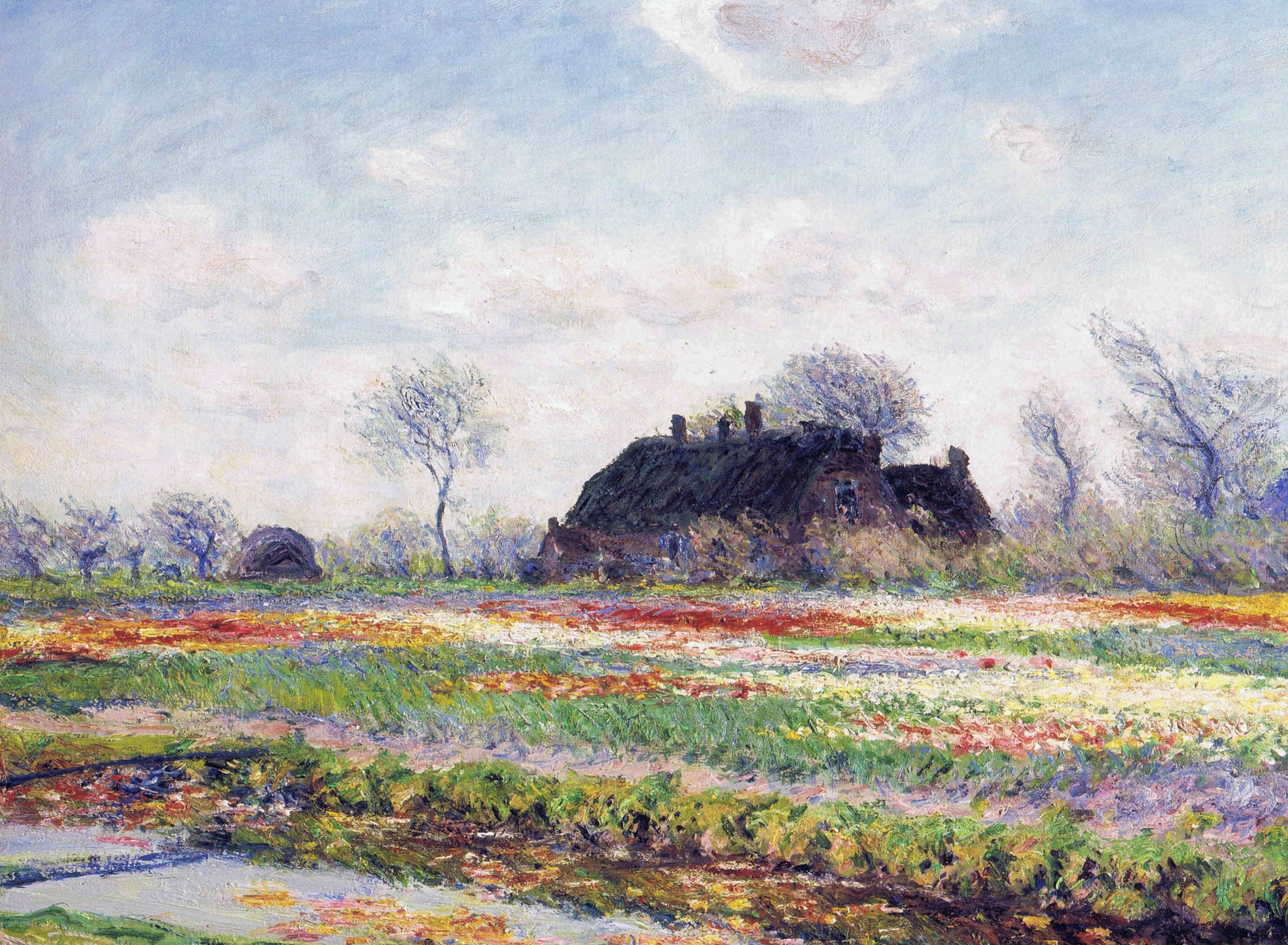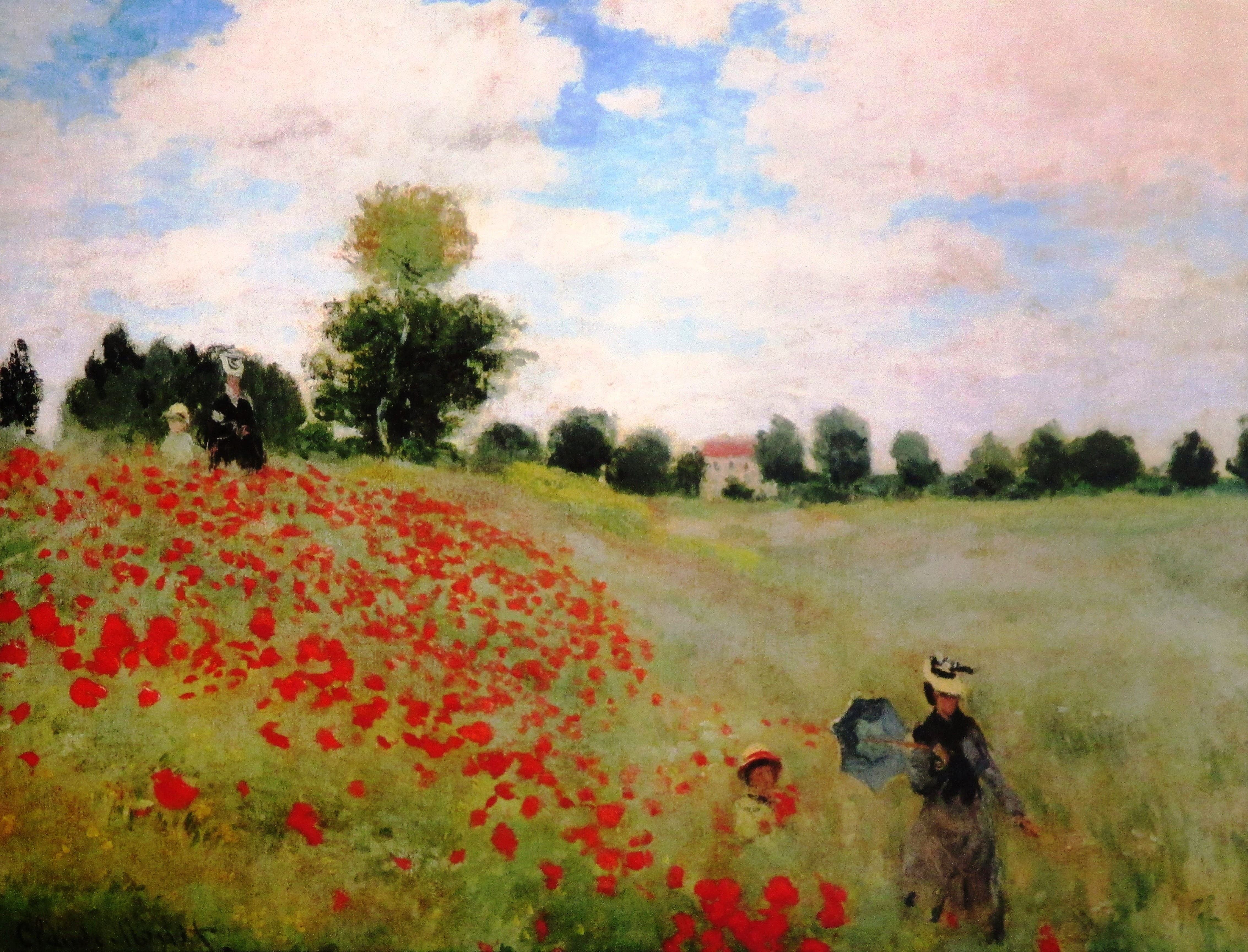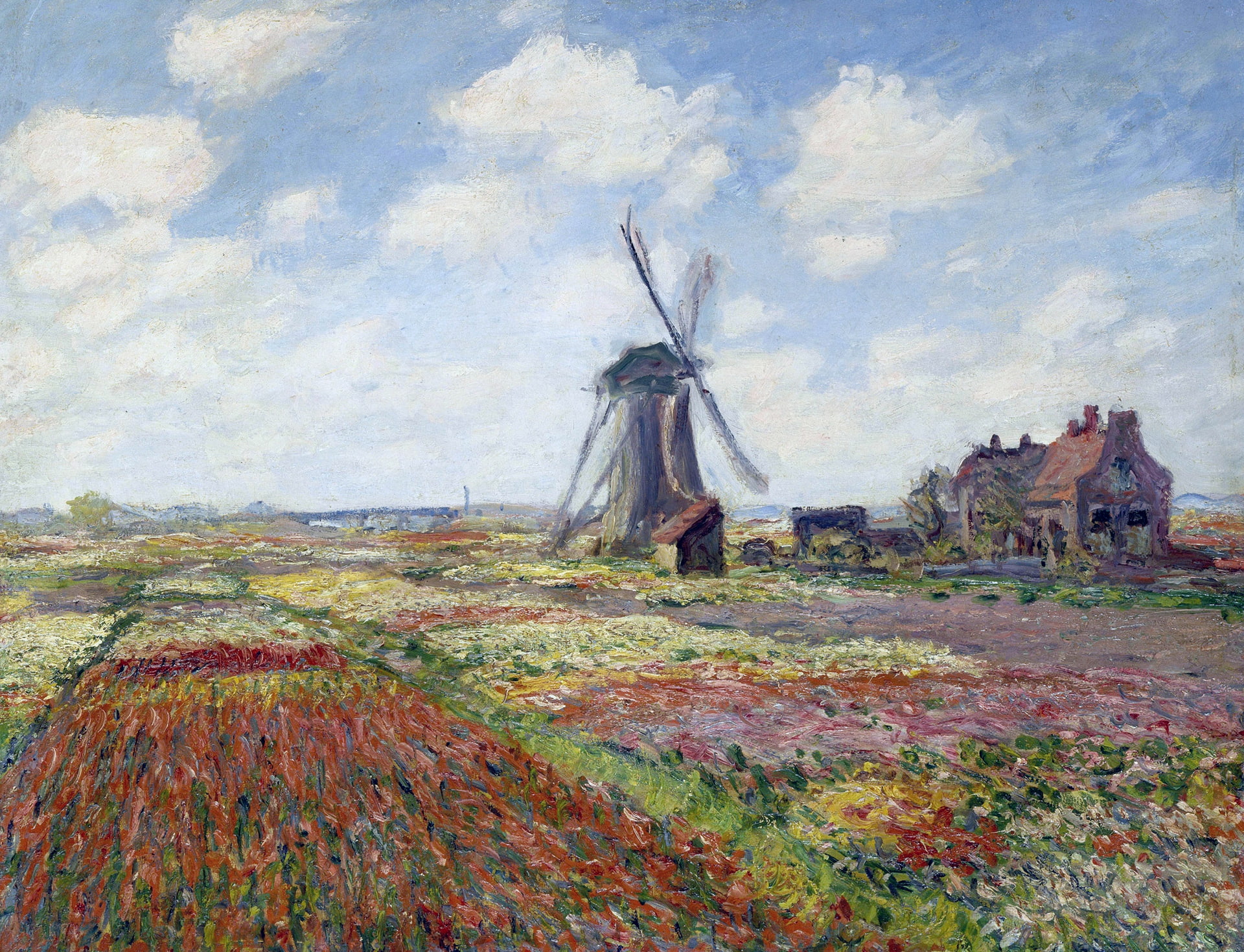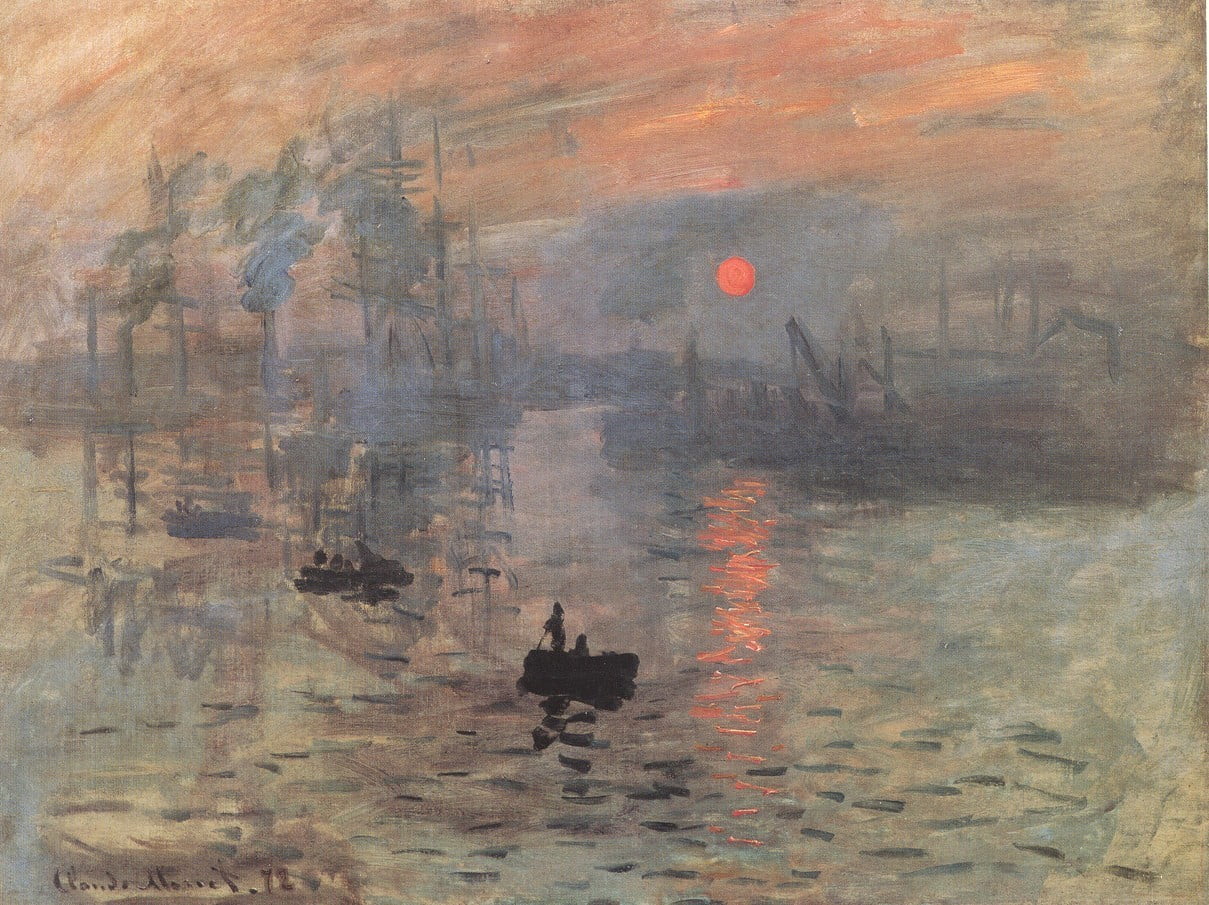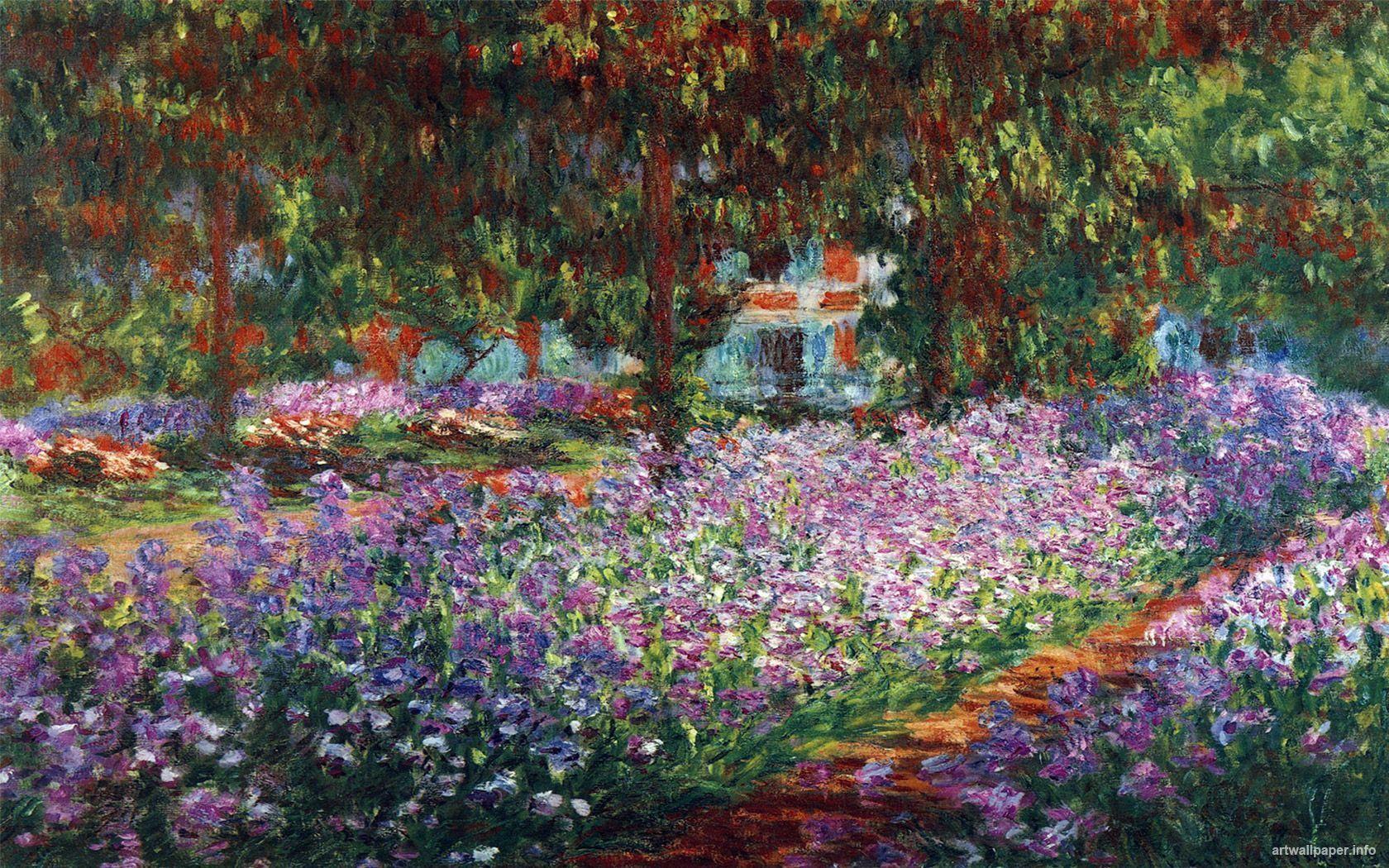Storytelling captivates audiences, preserving culture and sharing experiences across generations.
## The Art of Storytelling
Storytelling captivates audiences, preserving culture and sharing experiences across generations.
Storytelling is a timeless art that transcends cultures and generations, serving as a powerful means of communication and connection. From ancient oral traditions to modern digital narratives, stories have the ability to engage, inspire, and educate. They allow us to explore complex themes, convey emotions, and share experiences in a way that resonates deeply with others. The art of storytelling is not just about the words spoken; it encompasses the emotions, imagery, and cultural context that bring a narrative to life.
One of the most significant aspects of storytelling is its role in preserving culture and history. Through stories, traditions, values, and lessons are passed down from one generation to the next. Folktales, myths, and legends often reflect the beliefs and experiences of a community, providing insight into their way of life. By sharing these narratives, cultures maintain their identity and foster a sense of belonging among their members. Storytelling becomes a bridge that connects the past with the present, ensuring that important lessons and cultural heritage are not forgotten.
Moreover, storytelling has the power to evoke empathy and understanding. When we hear a story, we often find ourselves relating to the characters and their experiences. This emotional connection allows us to see the world from different perspectives, fostering compassion and tolerance. In a diverse society, storytelling can break down barriers and promote dialogue, encouraging individuals to share their own experiences and learn from one another. This exchange of stories can lead to greater understanding and acceptance among different cultures and communities.
In addition to its cultural and emotional significance, storytelling is also a valuable tool for education. Educators often use storytelling techniques to engage students and make learning more relatable. By framing lessons within a narrative context, complex concepts become more accessible and memorable. Storytelling can stimulate curiosity and creativity, encouraging students to think critically and explore new ideas. This approach not only enhances learning but also fosters a love for literature and the arts.
Furthermore, in the digital age, storytelling has evolved into various forms, including podcasts, films, and social media. These platforms provide new opportunities for individuals to share their stories with a global audience. The rise of digital storytelling has democratized the art, allowing voices that were once marginalized to be heard. This shift has led to a richer tapestry of narratives, reflecting the diverse experiences of people around the world.
Ultimately, the art of storytelling is a vital aspect of human experience. It preserves culture, fosters empathy, enhances education, and adapts to new mediums. By embracing storytelling, we can connect with others, share our experiences, and celebrate the richness of our shared humanity. Each story we tell contributes to the larger narrative of our lives, creating a legacy that can inspire and resonate for generations to come.



